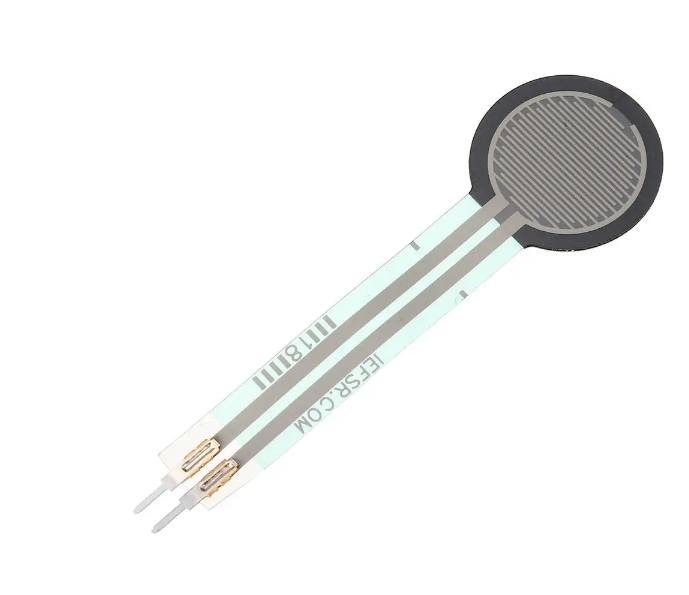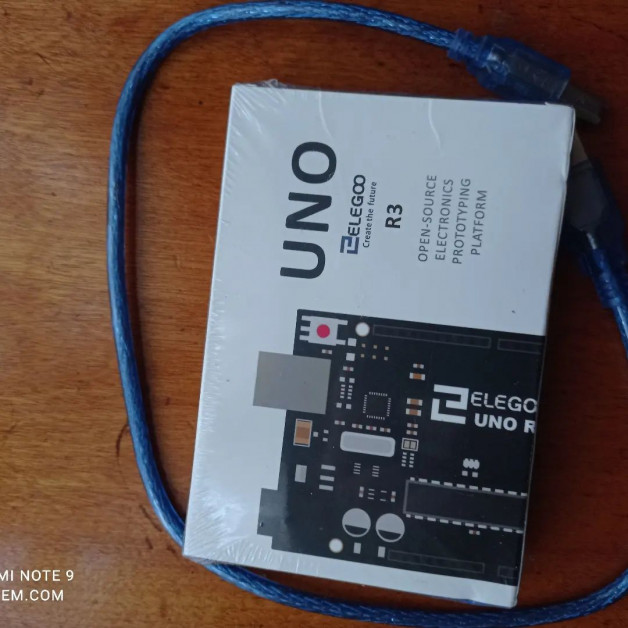ShibariClasses.com is planning a project that will attempt to record loads at multiple points during a shibari rope suspension so we can add empirical data to the wealth of experience offered by our teachers.
I will document the trials, tribulations and, hopefully, successes of our suspension experiment for your edification. As this is testing the bleeding edge of my knowledge, I might be calling out for coding help if I can’t bluff my way through with libraries and a bit of common sense.
An Arduino and some FSR’s
The idea is to use multiple FSR’s (force sensing resistors, see image below) to measure the load exerted by the rope during a suspension so it can be measured and displayed by an Arduino, a tiny computer. The FSR’s are only 20mm at the widest point and flexible, so it should be possible to insert them between skin and rope, e.g. wraps of a TK/gote. The FSR’s on order should measure up to 50kg each.
I have no idea if it will work but it is certainly possible in theory to get readings back and display them in kg, albeit not with pin-point accuracy. I suspect there might be some experimentation to get meaningful readings as FSR’s tend to have a sweet spot with the sensitivity dropping as they near capacity. The plan is to try to run 5 x 50kg sensors but it remains to be seen how well that will work. This should allow a sensor under each arm wrap and on the chest for, say, a face-down suspension. Obviously, they could be repositioned according to need.

Our expectations
I appreciate the accuracy limitations of FSR’s but I really couldn’t see an available alternative that could be used under rope. For our purposes, we’d be happy knowing how loads vary percentage-wise on different parts of teh body during a suspension. For example, seeing how loads vary according to the tightness of a gote (TK) and the means of attachment, e.g. configuration X puts 25% on each arm and 50% on the chest in a face down but configuration Y is 15% on each an 70% on the chest. It would also be good to see how load is distributed across the two wraps in different orientations with different attachments, e.g. upper wrap only vs stem vs both wraps.
Whilst feedback from rope bottoms is invaluable, it will always be subjective. Not only are there differences in how one person will perceive loads but it can vary from day to day and the situation. It certainly seems that adrenalin and endorphines can have a massive effect on this perception.
Where we are now
So far, I have the Arduino, plus breadboards, jumpers, resistors etc. from dabbling with a Raspberry Pi. It seems there is already code available for reading multiple FSR’s so it should be possible to address that side with my very limited knowledge.
It will be a while before I get the FSR’s as they are on a slow boat from China. Since they are only variable resistors, activated by pressure, I should be able to substitute fixed, or even variable resistors, until they arrive so as not to be held up. I have no idea how well they will do the job or how they will survive being trapped under rope. I suspect they might need to be protected by a flexible material like rubber. Of course, they might turn out to be totally unsuitable. If that turns out to be the case, it will be back to the drawing-board for sensors.
What next?
The first job will be to set up the Arduino and load up some code to read the sensors and display output. I will video my progress…or lack of it. Once I get my FSR’s, assuming it worked thus far, we can get down to trying it with a real rope suspension.
As I write, it occurs to me that, as another project, we could use other types of sensors to monitor physical effects or even brainwave levels. Watch this space for the latest developments from my laboratory of unspeakable experiments!

